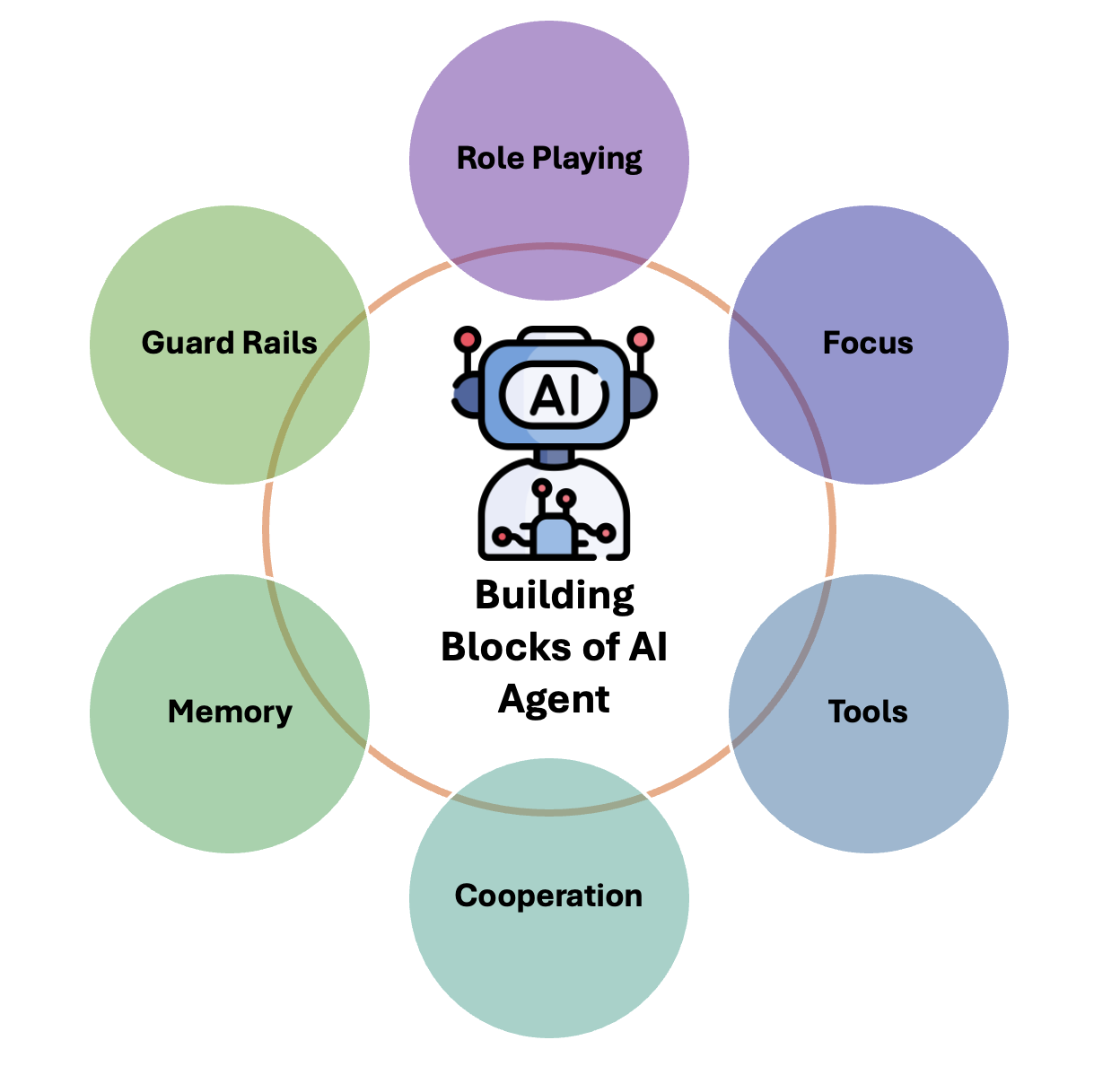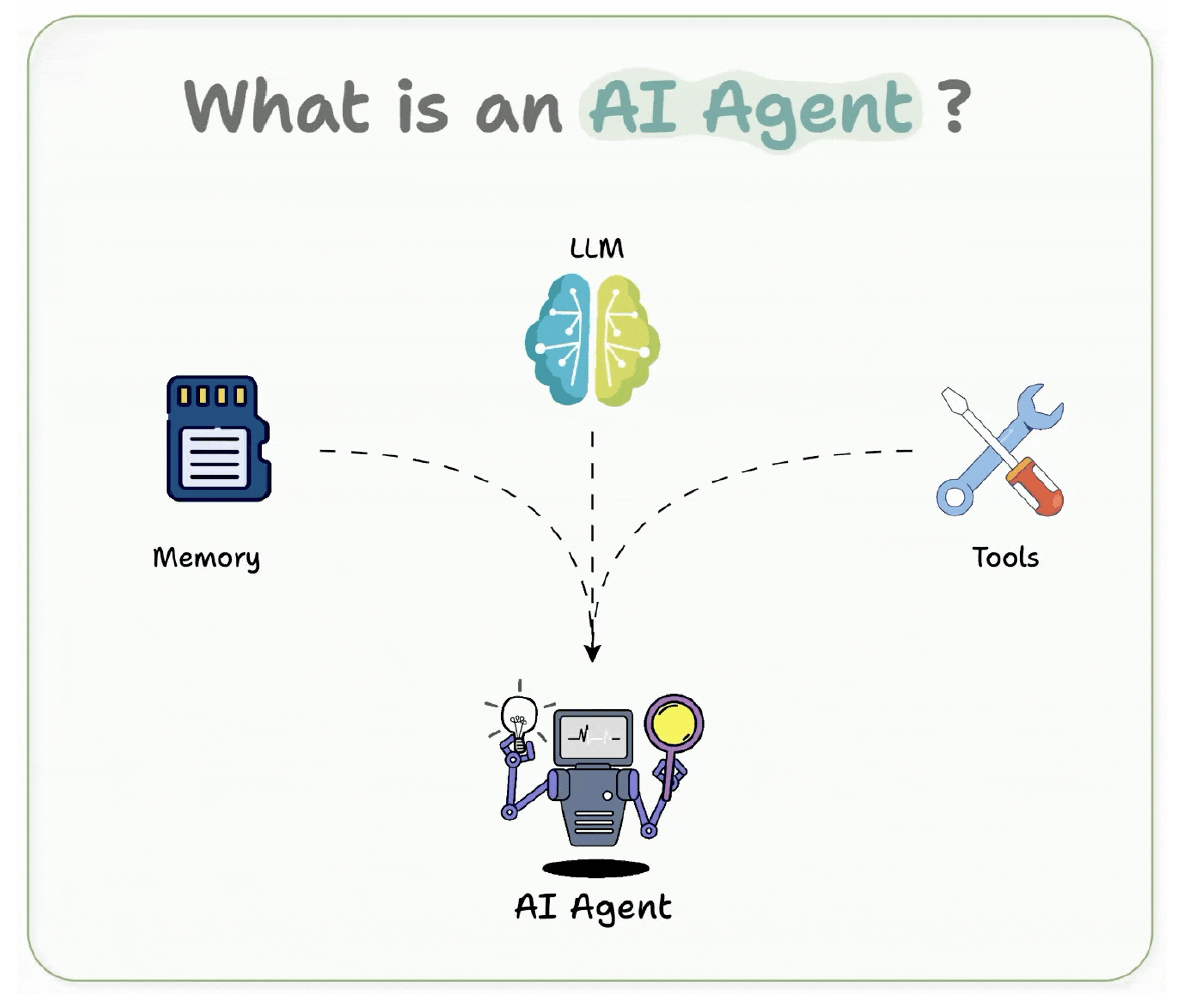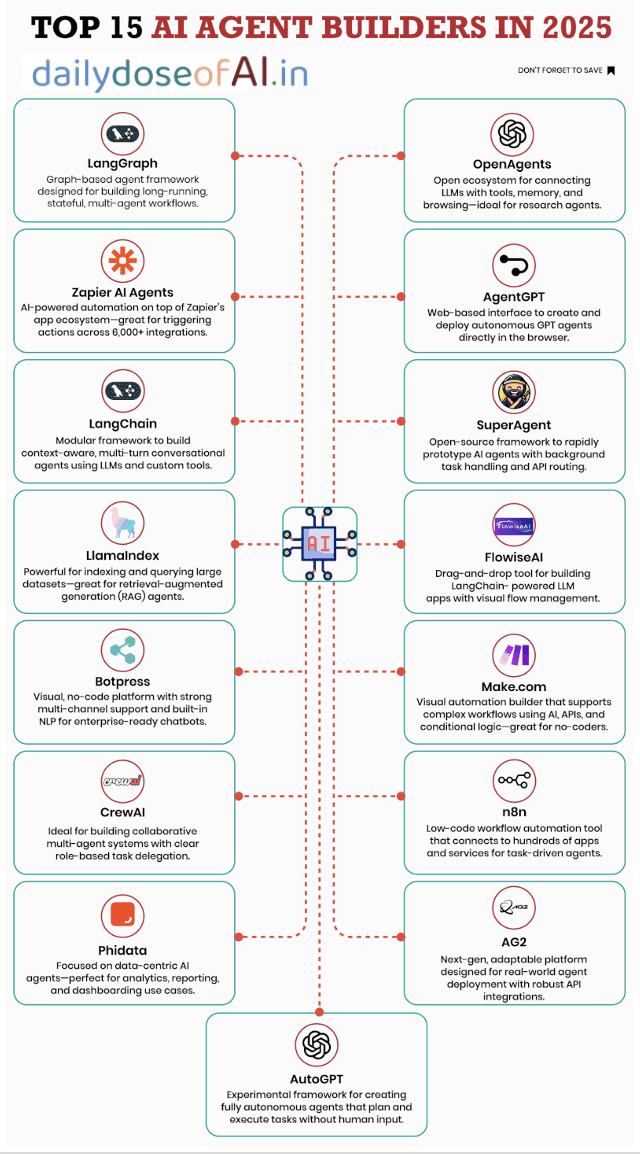What is an AI Agent ?
Agentic AI is AI that can think and act on its own to achieve a goal you give it, deciding what steps to take along the way without you telling it every move.
Imagine you want to generate a report on the latest trends in AI research. If you use a standard LLM, you might:
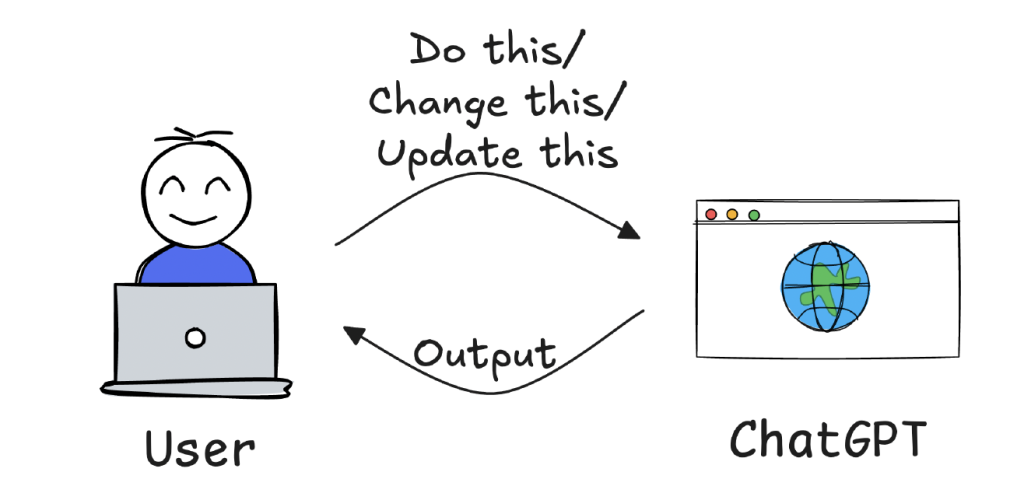
- Ask for a summary of recent AI research papers.
- Review the response and realize you need sources.
- Obtain a list of papers along with citations.
- Find that some sources are outdated, so you refine your query.
- Finally, after multiple iterations, you get a useful output.
This iterative process takes time and effort, requiring you to act as the decision-maker at every step.
Now, let’s see how AI agents handle this differently:
- A Research Agent autonomously searches and retrieves relevant AI research papers from arXiv, Semantic Scholar, or Google Scholar.
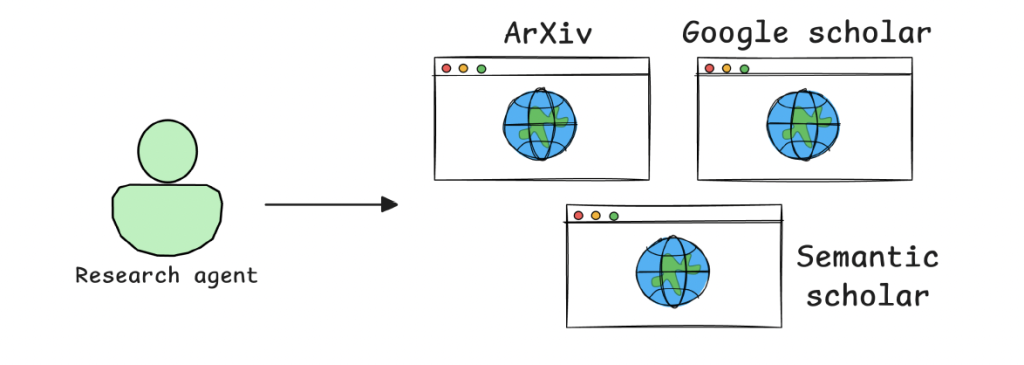
2. A Filtering Agent scans the retrieved papers, identifying the most relevant ones based on citation count, publication date, and keywords.

3. A Summarization Agent extracts key insights and condenses them into an easy-to-read report.

4. A Formatting Agent structures the final report, ensuring it follows a clear, professional layout.

Here, the AI agents not only execute the research process end-to-end but also self-refine their outputs, ensuring the final report is comprehensive, up-to-date, and well-structured – all without requiring human intervention at every step.
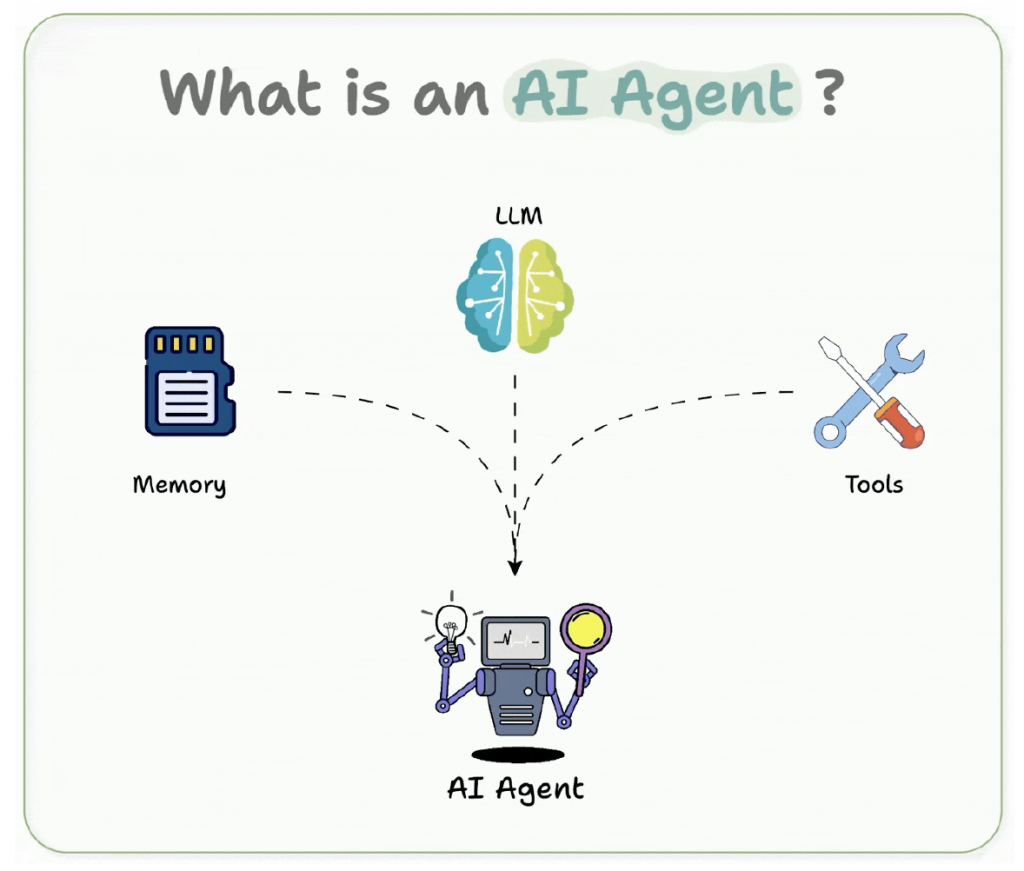
To formalize AI Agents are autonomous systems that can reason, think, plan, figure out the relevant sources and extract information from them when needed, take actions, and even correct themselves if something goes wrong.
Agentic AI is a type of artificial intelligence designed to operate as an autonomous “agent” — meaning it can perceive its environment, make decisions, and take actions toward achieving specific goals without constant human guidance.
To understand better LLM vs RAG vs Agents,
At its core:
- Autonomous – Can act on its own, not just respond to prompts.
- Goal-oriented – Works toward objectives you set, adapting as needed.
- Interactive – Can use tools, call APIs, search the web, or interact with other systems.
- Adaptive – Learns from outcomes to improve future decisions.
Think of it as moving from “AI as a calculator” (you tell it every step) to “AI as a smart assistant” (you tell it the goal, and it figures out how to get there).
Stay subscribed to get more in the series @dailydoseofai


